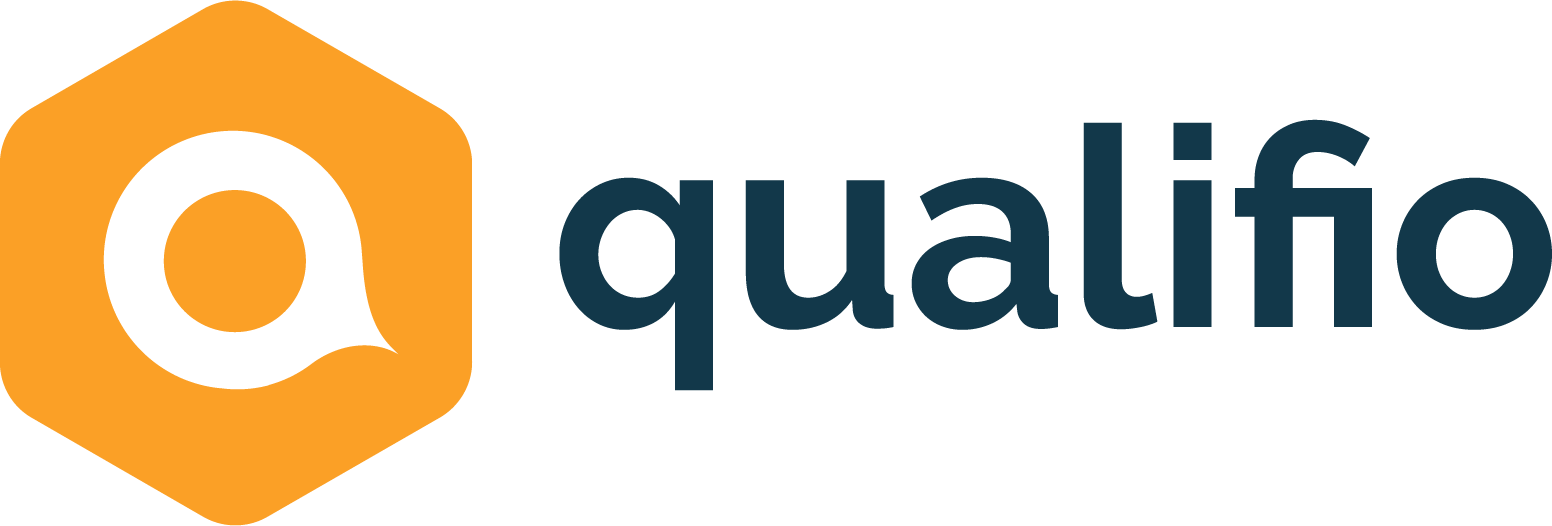SEO: 7 basics you need for optimising your site
Search engine optimisation (SEO) is the process of optimising the online visibility of a website in search engines’ organic results. This means maximising the traffic to a site by improving page rank within search engines, based on specific keywords.
Developing a website might sound like a relatively simple operation, developing a professional, visible, effective website is a different kettle of fish. You should make sure your website is correctly listed with search engines. It is generally accepted that a website that shows up on the first search-results page of Google results is performing well. It is therefore not enough to develop a website; you need to continuously maintain it. In this article, we will discuss some SEO essentials to help you boost your website traffic.
1. Craft the perfect title tag
Title tags are an extremely important component of SEO. Title tags are displayed on search engine results pages (SERPs) as the clickable headline for a given result.
It’s essential that your title tag entices the user to click-through to your post from the SERPs. The title tag is the boldest, most obvious element in a search result and therefore a major part in the decision-making process of whether a searcher will click on your result or not. It’s up to you to be persuasive enough!
To ensure that your title tags are relevant, follow the guidelines below:
- Your most important keywords need to appear in your title tag;
- Make the title tag an accurate and concise description of your page’s content;
- Don’t stuff your title tag with a series of keywords;
- Title tags must be different for each page.
2. Pick relevant keywords
Let’s stress the importance of relevant keywords – this is where it all begins! There are rumours circulating that 300 words are enough for web content. However, a research by Backlinko showed that pieces of content (articles, homepages, landing pages, etc.) showing up in Google’s first search-results page had 1,500 words on average. The length of your content shows web users (and Google!) that you want to bring a precise, detailed answer to the question being asked.
A good SEO keywords strategy actually happens in two steps:
- Choose the right keywords (research);
- Place your keywords wisely (placement and density).
3. Optimise your images for search engines
A lot of successful articles offer contextualised, high-quality images accompanied with text. Not only do images make your web pages more appealing; they also make things more understandable.
Choose the right images. Use original, high-quality images. The more eye-catching pictures you have, the better experience for the user and the better your odds are of ranking on first-results pages. Good to know: Visuals also rank in Google Images search. Did you know that a third of all searches performed in Google are for images?
Furthermore, image optimization for SEO is an art that you’ll want to master. Your goal is to reduce the file size as much as possible, without sacrificing too much in terms of image quality.
Last but not least, pay attention to alt text. This attribute provides a text alternative for search engines. Therefore, for any image on your site, the alt text should describe what’s on it. Screen readers for the blind and visually impaired will also read out this text and thus make your image accessible.
Read more: Our 10 best resources to find free stock illustrations >>
4. Avoid duplicate content
Duplicate content is not about plagiarism; it is when your content appears on the Internet in more than one place. It is a very important point that should be taken seriously since it appears that it may be penalised by Google.
5. Optimise your internal linking structure
Internal links are links that go from one page on a domain to a different page on the same domain. They are very common.
Two things are to be taken into consideration when it comes to internal links: the anchor text (i.e. the clickable text that visitors see) and the location on the page. In this regard, attention has often been drawn to the section above the scroll (or “above the fold”, i.e. what visitors see when landing on a web page). It appears that it would be best to place most of your internal links above this section.
6. Get backlinks
A backlink (also called “inbound link”) is basically an external link, so a link you can get from another website and that will direct to your website. Search engines calculate SEO rankings using multiple factors to display search results, and backlinks make a huge impact on it and the determination of the popularity of your website.
Beware however that all backlinks are not created equal.
7. Most effective SEO tools
1. SEMrush
SEMrush is an extremely powerful, intuitive, paid tool. This software takes the mystery out of your ranking, keywords and internal SEO. It can be used for the following purposes:
- Define your keywords;
- Check your keyword rank;
- Check the quality of your pages;
- Monitor broken links.
2. Ahrefs
Ahrefs is often presented as an essential complement to SEMrush. If SEMrush specializes in keyword tracking, Ahrefs focuses on backlinking and provides interesting insights on your competitors’ backlinks. Use Ahrefs to
- Check existing backlinks;
- Analyse new and lost backlinks;
- Monitor your competitors.
Just like SEMrush, Ahrefs software is highly comprehensive and allows you to go much further than the main points above!
3. Moz SEO
Moz establishes a score for your website. On a scale of one to 100, their SEO tool provides a rating for your website based on various criteria such as traffic, seniority, content relevance, etc. For instance, Google and Facebook have the maximum score (100/100). Actually, Moz Page Authority can replace Google PageRank.
For an easier understanding:
- Below 30, your visibility is (very) low;
- Between 30 and 49, it’s better but much remains to be done;
- Between 50 and 69, your website or blog is a reference on the Internet;
- Above 70/100, you are almost “inescapable” in your field!
That’s it! We hope we’ve provided you with all the necessary information to update your SEO and boost the traffic of your website 😉








